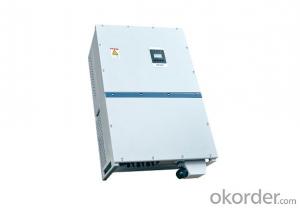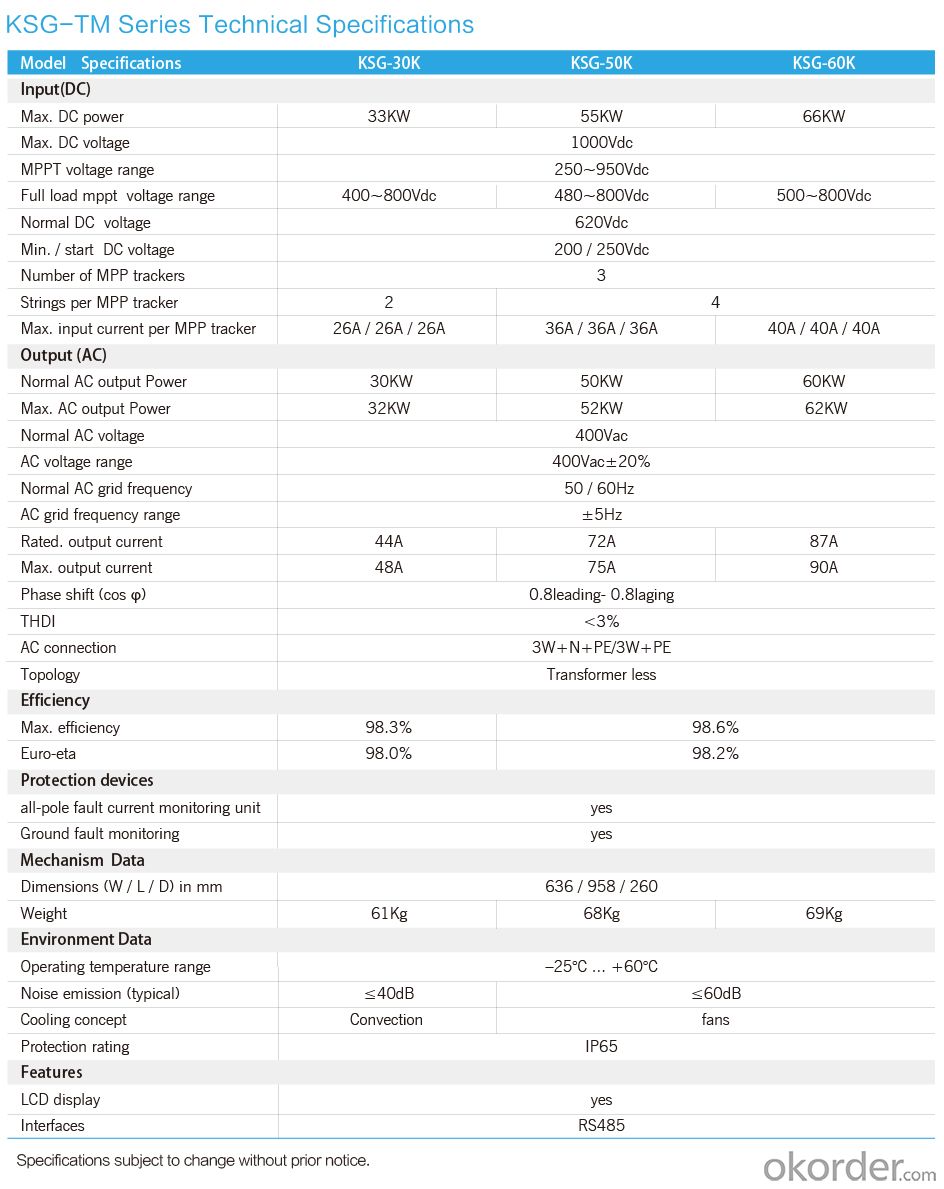String Grid-Tied PV Inverter 30KW / 50KW / 60KW
- Loading Port:
- Guangzhou
- Payment Terms:
- TT OR LC
- Min Order Qty:
- 10 unit
- Supply Capability:
- 10000 unit/month
OKorder Service Pledge
OKorder Financial Service
You Might Also Like
String Grid-Tied PV Inverter 30KW / 50KW / 60KW
Product features
· Max PV Voltage up to 1000V
· Three MPPT
· High efficiency up to 98.6%
· IP65 protection
· Easy installation
· Reactive power controller
· Digital controller
Product Parameter
Q 1. what's the payment term?
A. We accept TT,30% deposit and 70% balance agaisnt copy of BL
Q 2. how's the delivery time ?
A. usually it will take about 25 days for production
Q 3. tell me the standard of package?
A. For the small capacity, it use carton, but for big capacity, we will use strong wooden case for protection.
Q 4. what kind of material of transformer?
A. we have two types, one 100% copper and the other is copper with aluminum.It depends on your requirment. In fact,those two have no difference if normal work well. Only except the longlife. Copper is better and also higer price.
Q 5.Could you offer Form A or C/O ?
A. It totally not a problem. We can prepare relative documents to forgin affairs office or other office to apply for this certificate.

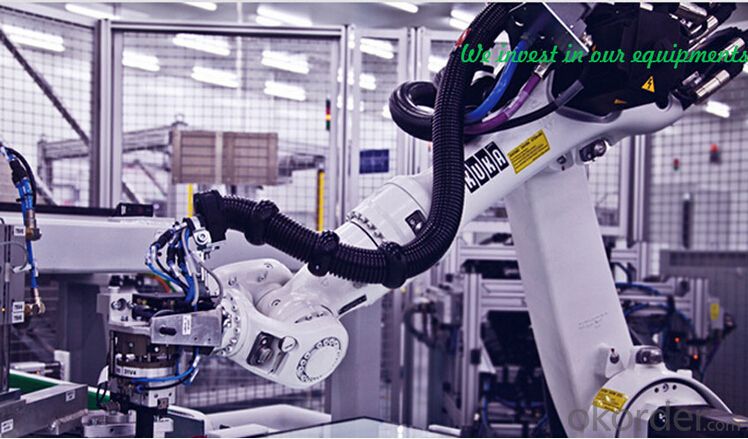
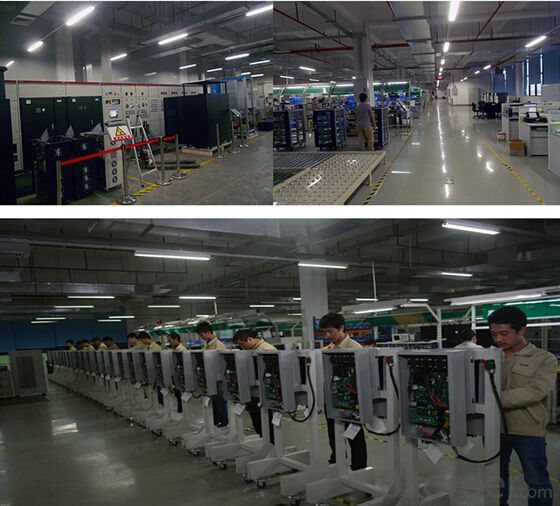
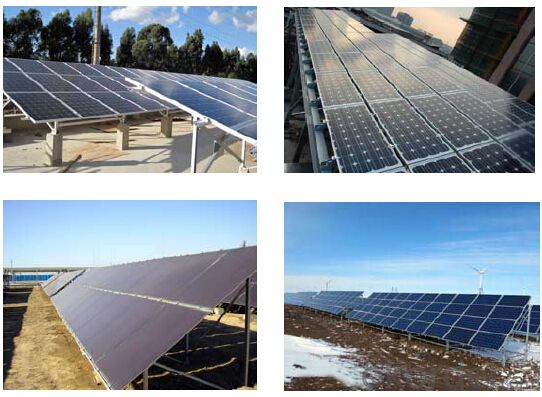
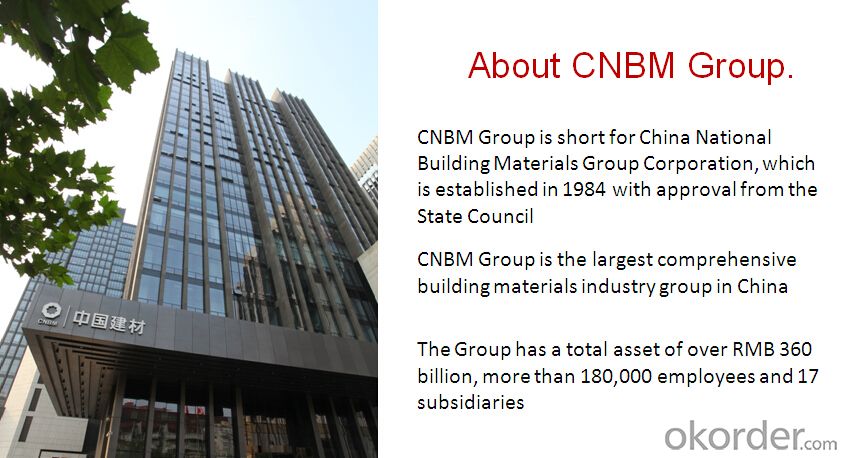

- Q:How does a solar inverter handle voltage dips or surges in the grid?
- A solar inverter handles voltage dips or surges in the grid by continuously monitoring the grid voltage. When a voltage dip occurs, the inverter adjusts its output voltage accordingly to maintain a stable power supply. In case of a voltage surge, the inverter's protective mechanisms activate to prevent any damage to the system. Overall, the solar inverter plays a crucial role in regulating and stabilizing the voltage from the grid to ensure efficient and safe operation of the solar power system.
- Q:What is the role of a power factor correction circuit in a solar inverter?
- The role of a power factor correction circuit in a solar inverter is to improve the power quality and efficiency of the inverter by reducing the reactive power and improving the power factor. This circuit ensures that the energy from the solar panels is effectively converted and delivered to the electrical grid, leading to a more stable and efficient operation of the solar inverter system.
- Q:How does the temperature affect the performance of a solar inverter?
- The temperature affects the performance of a solar inverter by impacting its efficiency and power output. High temperatures can cause the inverter to overheat, leading to a decrease in its efficiency and overall performance. This can result in reduced power generation and potential damage to the inverter. Conversely, lower temperatures can enhance the inverter's efficiency and power output, allowing it to perform optimally. Therefore, maintaining suitable operating temperatures is crucial for maximizing the performance and longevity of a solar inverter.
- Q:How does a solar inverter affect the overall system cost?
- A solar inverter can increase the overall system cost as it is a crucial component responsible for converting the DC electricity generated by solar panels into AC electricity for use in homes and businesses. The efficiency, capacity, and quality of the inverter can influence the system's performance and reliability. Higher-quality inverters with advanced features tend to be more expensive, but they can maximize energy production and improve system durability, potentially offsetting the initial cost through increased energy savings over time.
- Q:Are there any safety risks associated with solar inverters?
- Yes, there are some safety risks associated with solar inverters. These risks primarily include electric shock and fire hazards. It is important to ensure proper installation, grounding, and maintenance of solar inverters to minimize these risks. Additionally, regular inspections and adherence to safety guidelines are crucial to mitigate any potential hazards.
- Q:Can a solar inverter be used with different types of batteries?
- Yes, a solar inverter can be used with different types of batteries, as long as they are compatible with the inverter's specifications and voltage requirements.
- Q:What is the role of a grid monitoring feature in a solar inverter?
- The role of a grid monitoring feature in a solar inverter is to constantly monitor the electrical grid for voltage, frequency, and other parameters. This feature ensures that the solar inverter is synchronized with the grid and operates within the specified limits. It helps in maintaining a stable and reliable connection between the solar system and the grid, preventing any damage to the inverter or the grid. Additionally, grid monitoring also enables the solar inverter to detect any faults or abnormalities in the grid and take appropriate measures to protect the system and ensure safe operation.
- Q:How does a solar inverter affect the overall aesthetics of a solar installation?
- A solar inverter does not have a significant impact on the overall aesthetics of a solar installation. Inverters are typically mounted in discreet locations, such as on the side of a building or inside a garage, where they are not visible from the street or prominent areas. Therefore, the inverter's presence does not greatly affect the visual appeal of the solar system.
- Q:What is the role of a solar inverter in voltage and frequency regulation during islanding conditions?
- The role of a solar inverter in voltage and frequency regulation during islanding conditions is to ensure stability and balance in the electrical system. It actively monitors and adjusts the voltage and frequency levels to match the required standards, even when disconnected from the main power grid. This prevents overvoltage or undervoltage situations and keeps the frequency within acceptable limits, thereby maintaining a reliable and safe power supply in islanded conditions.
- Q:Can a solar inverter be used in a mobile or portable solar system?
- Yes, a solar inverter can be used in a mobile or portable solar system. In fact, it is a crucial component that converts the direct current (DC) generated by the solar panels into alternating current (AC) that can be used to power various devices and appliances. Portable solar systems often include a built-in inverter, allowing them to provide convenient and clean energy on the go.
1. Manufacturer Overview |
|
|---|---|
| Location | |
| Year Established | |
| Annual Output Value | |
| Main Markets | |
| Company Certifications | |
2. Manufacturer Certificates |
|
|---|---|
| a) Certification Name | |
| Range | |
| Reference | |
| Validity Period | |
3. Manufacturer Capability |
|
|---|---|
| a)Trade Capacity | |
| Nearest Port | |
| Export Percentage | |
| No.of Employees in Trade Department | |
| Language Spoken: | |
| b)Factory Information | |
| Factory Size: | |
| No. of Production Lines | |
| Contract Manufacturing | |
| Product Price Range | |
Send your message to us
String Grid-Tied PV Inverter 30KW / 50KW / 60KW
- Loading Port:
- Guangzhou
- Payment Terms:
- TT OR LC
- Min Order Qty:
- 10 unit
- Supply Capability:
- 10000 unit/month
OKorder Service Pledge
OKorder Financial Service
Similar products
New products
Hot products
Hot Searches
Related keywords
